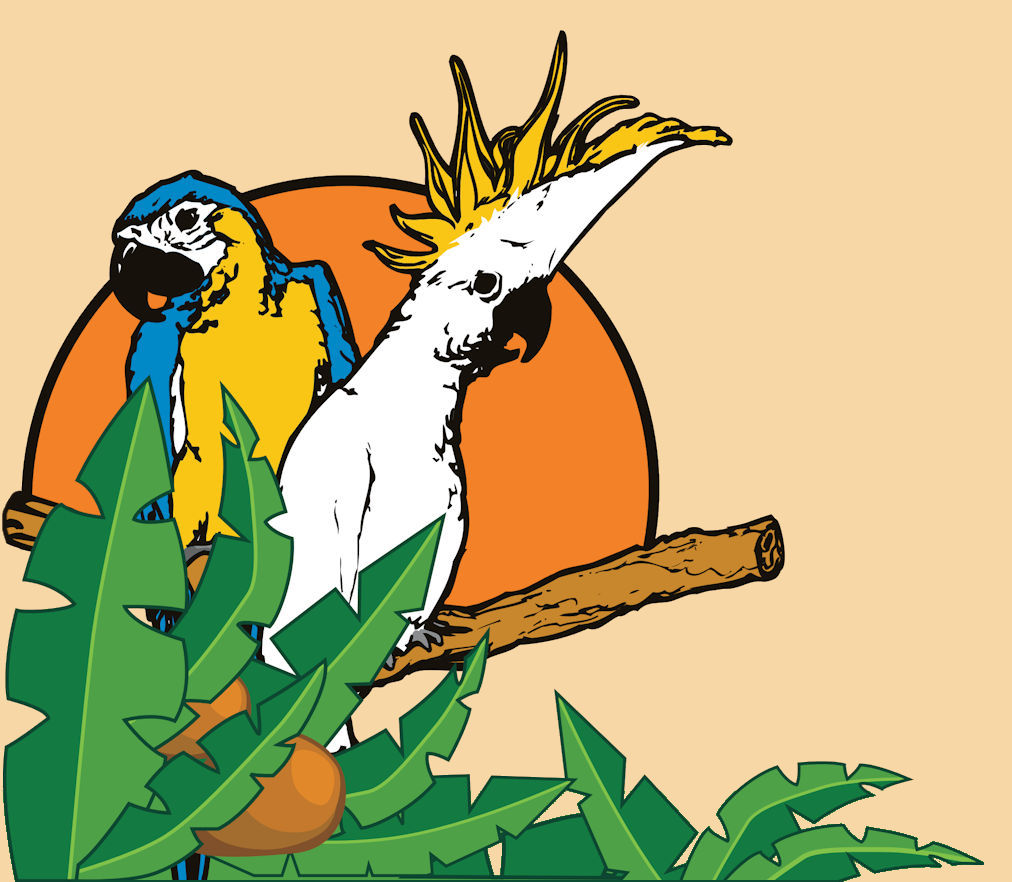Birds are impressive animals, able to construct nests out of mud, grass, and twigs without hands or tools. While there is an exception or two, parrots are one group of birds who do not build nest. Parrots prefer to find cavities in logs and tree trunks and do a little (or a lot) of chewing. This is why, when breeding, nest boxes are offered that simulate a small, dark, nest cavity.
There are two main materials for nest boxes: wood, and metal. Wood boxes are usually less expensive, but also easily chewed, and should be changed after each clutch or yearly because they can absorb droppings and harbor bacteria. Metal boxes tend to be more expensive, but are more durable and can be more thoroughly sanitized. In outside aviaries, metal boxes have a tendency to get dangerously hot in summer and cold in winter.
There are also a variety of shapes and styles of nest boxes: cubes, tall boxes, L-shaped and Z-shaped boxes, and even barrels for very destructive parrots like macaws and cockatoos. Some nest boxes are designed to be secured inside the cage, and others are made for outside if your cage has a nest-box door.
- 5″ – 9″ rectangular boxes are used by finches, lovebirds, parrotlets, and cockatiels.
- Taller, and larger boxes can be used by amazons, greys, eclectus, and other medium-sized birds with short tails.
- Nests like L- and Z-shaped boxes are useful for long-tailed species such as ringnecks, conures, and rosellas.
You want to insure that your box is not too small for your birds as it can become cramped and lead to broken eggs or deformities in chicks. Sometimes it is trial and error to see what style box your parrot pair prefers.
